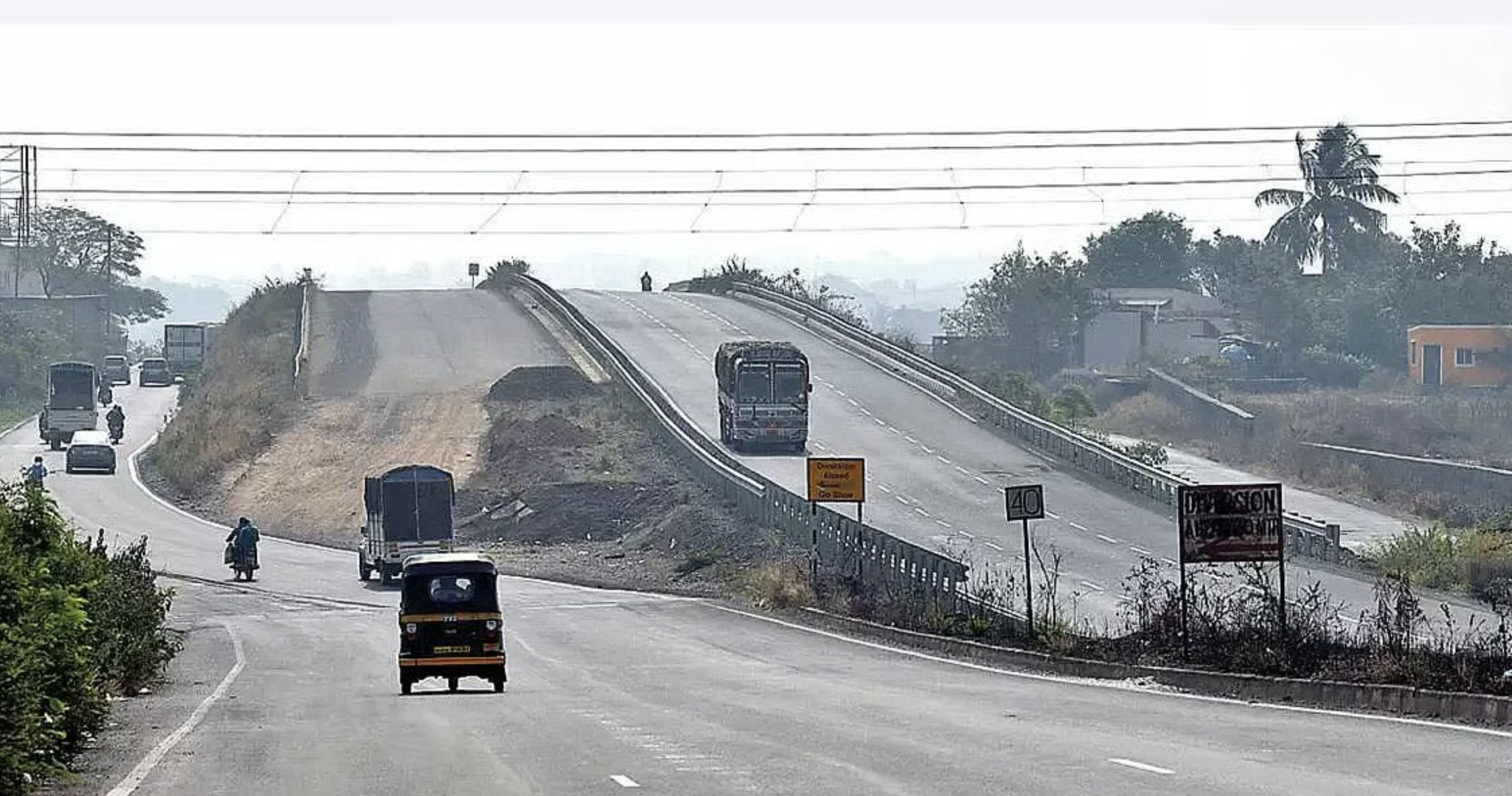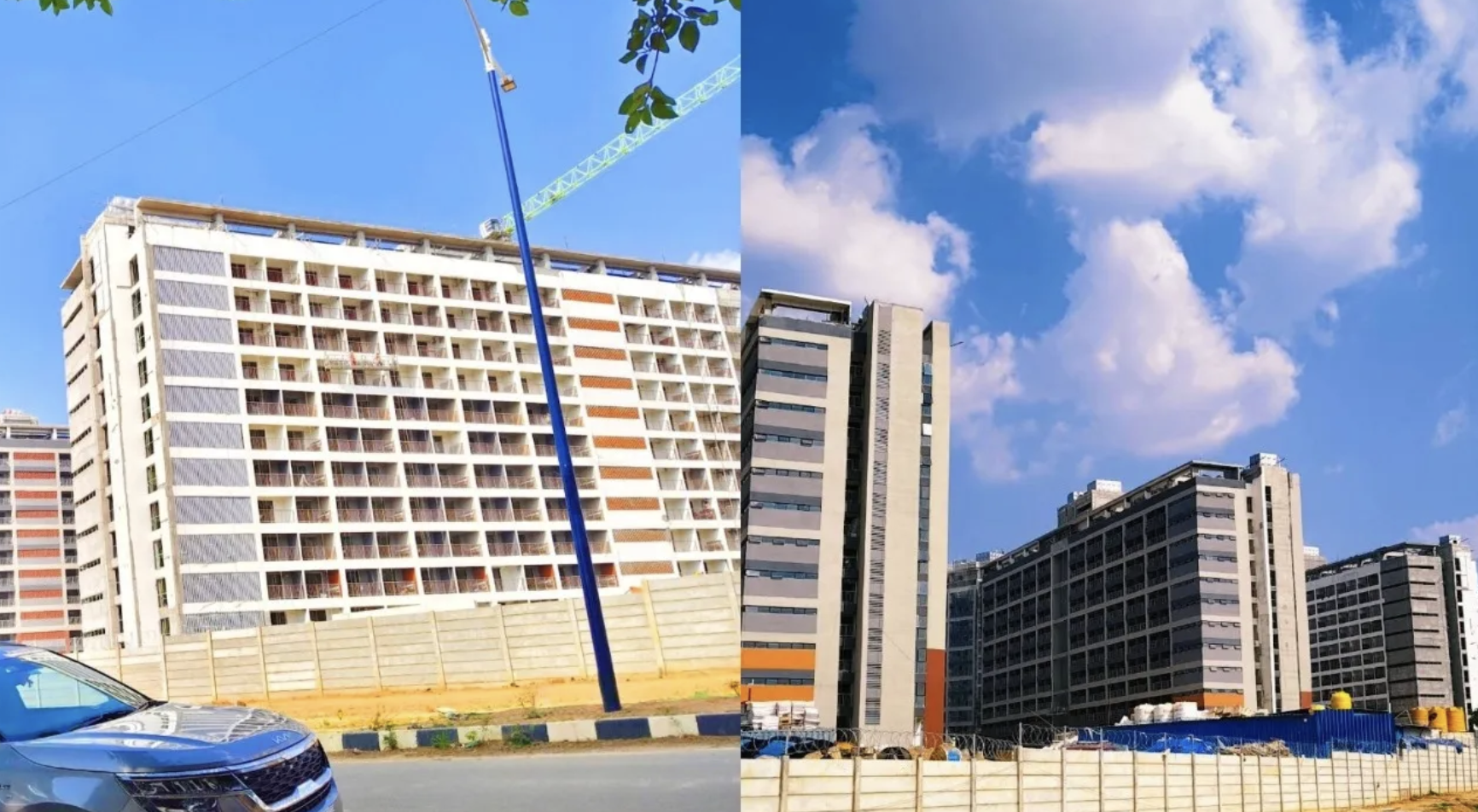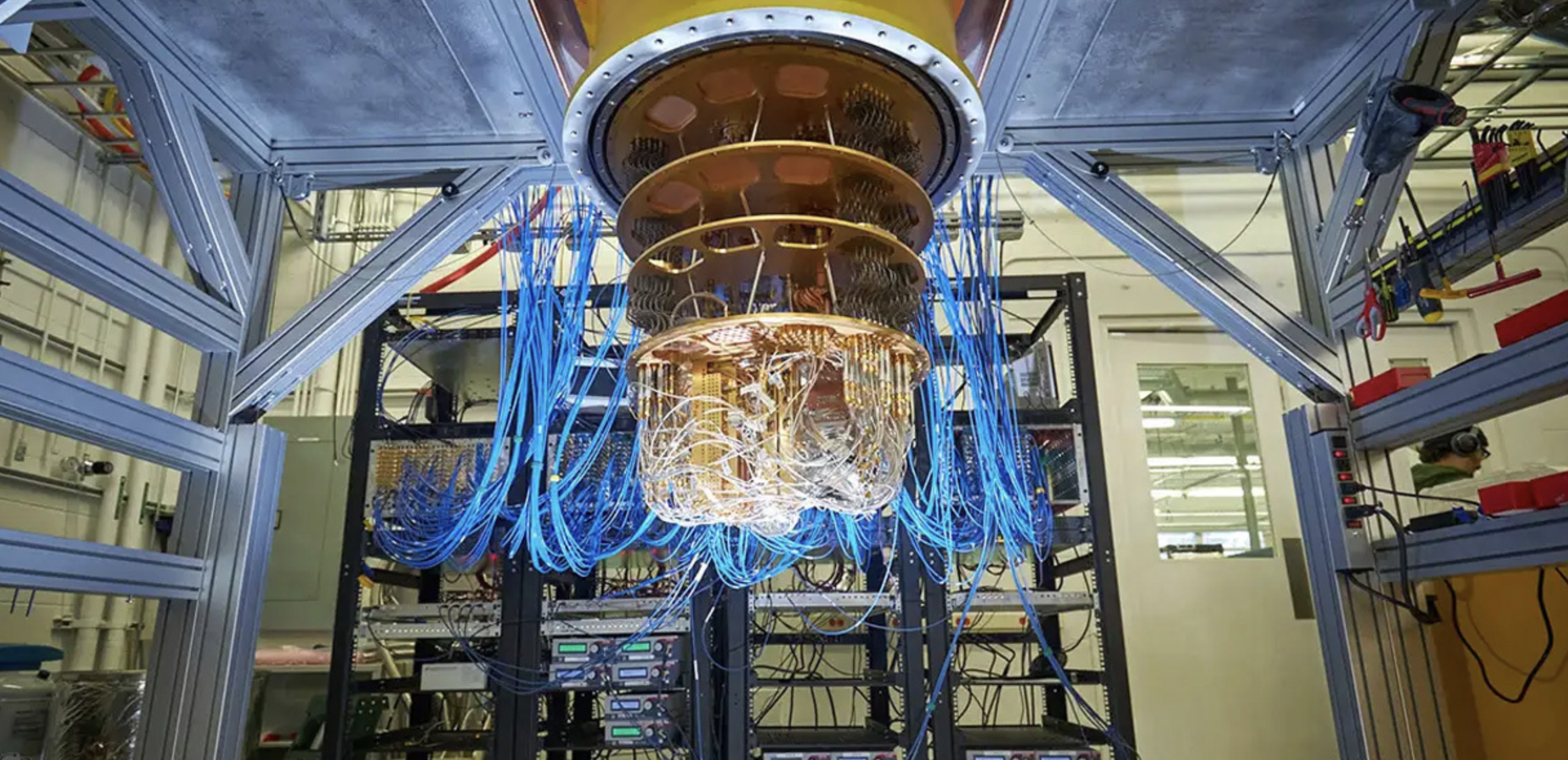Just days after Diwali, Delhi’s air quality has deteriorated to “hazardous” levels, placing residents at serious health risk. The Air Quality Index (AQI) in Delhi and the National Capital Region (NCR) soared above 400 on Sunday morning, with some areas reporting levels over 500, a threshold that marks a severe health emergency. This spike in pollution has caused PM2.5 levels in the air to be 65 times higher than the World Health Organization’s (WHO) safe limit.

AQI Reaches Critical Levels Across the Capital
The AQI measures the concentration of particulate matter and gases in the air, and as per the Central Pollution Control Board (CPCB), an AQI between 301 and 400 is considered “very poor,” while levels above 401 are classified as “severe.” On Saturday night, Delhi’s AQI was around 327 but surged to 447 within 12 hours, peaking in areas like Anand Vihar, where it crossed 500.
Delhi’s pollution hotspots—such as Alipur, Bawana, Punjabi Bagh, and Anand Vihar—reported AQIs well above the hazardous limit, with thick smog visible across the city. The CPCB’s Sameer app, which provides real-time AQI updates, highlighted severe conditions in most of the city’s major areas.
Health Concerns Rise Among Residents
The rise in pollution levels has sparked serious health concerns. A recent survey conducted by LocalCircles found that nearly 69% of respondents reported family members experiencing respiratory issues like sore throats, coughing, and shortness of breath, with many also suffering from eye irritation. While some restrictions on firecracker use were in place this year, Diwali celebrations still contributed significantly to the pollution spike. Despite reports of fewer firecrackers being burst, the overall AQI remained critically high.
The Challenge of Controlling Delhi’s Air Quality
The Graded Response Action Plan (GRAP-II), implemented on October 21 by the Commission for Air Quality Management (CAQM), aims to curb pollution through measures such as restricting vehicle movement and suspending construction activities. However, the plan has had limited success in curtailing the severe post-Diwali air quality dip, highlighting the scale of Delhi’s pollution problem.
With winter approaching, which often worsens air quality due to temperature inversions and stagnant weather conditions, experts are calling for stricter measures and more robust implementation of existing regulations. For residents of Delhi-NCR, the coming months may bring even more challenges unless pollution control strategies are strengthened.












